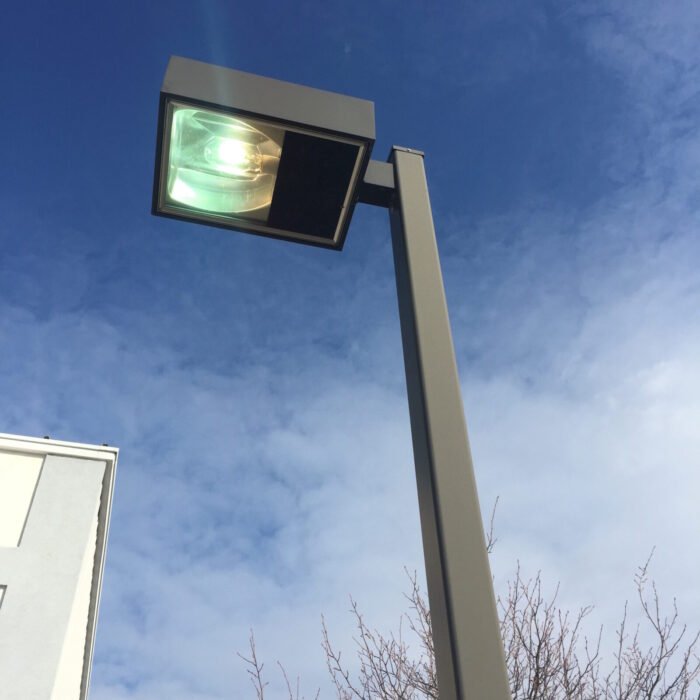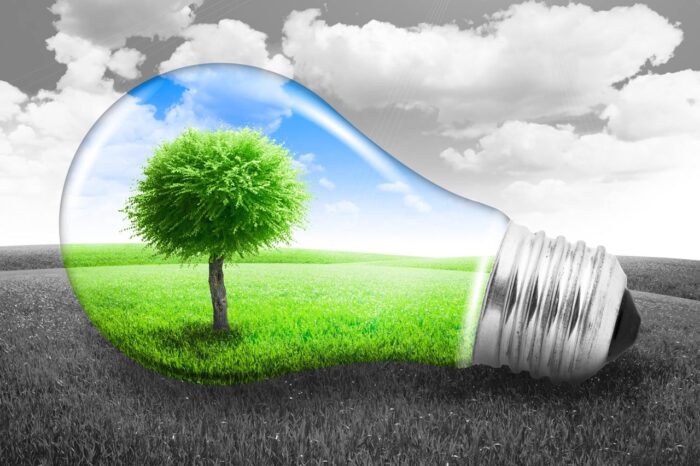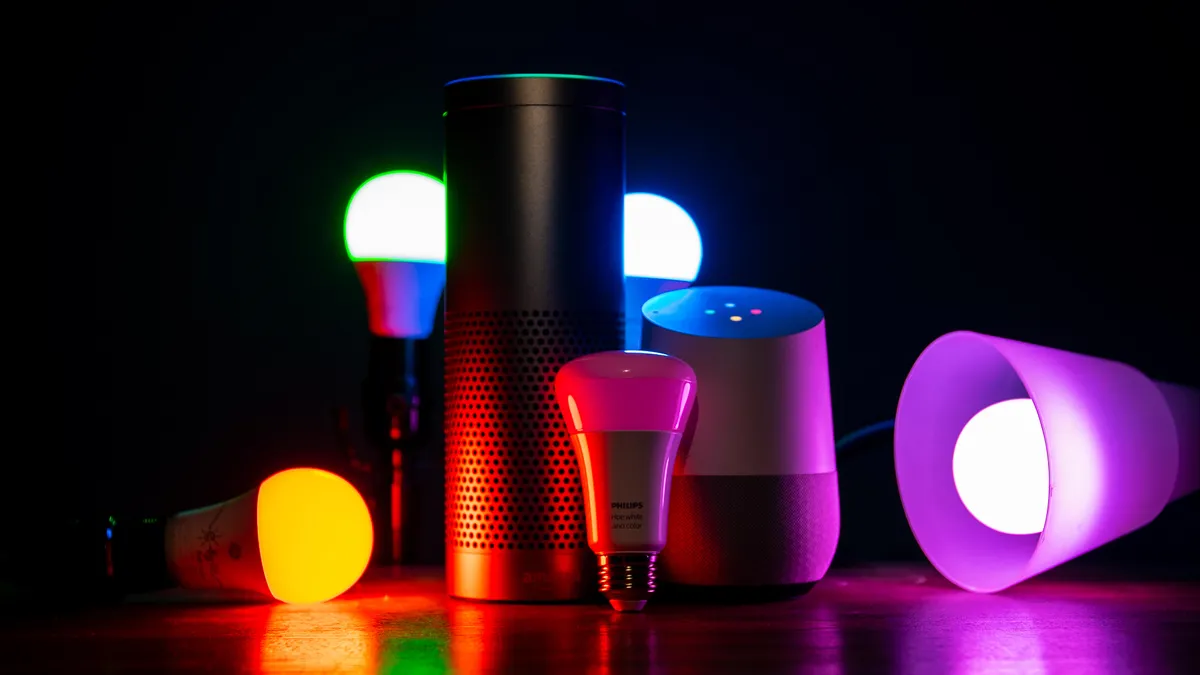
When it comes to illuminating spaces, the options at our disposal are abundant. The quest for the perfect source of light often narrows down to a critical comparison: LED versus High-Pressure Sodium (HPS)/Low. To facilitate an informed decision, we delve into the essential attributes of these two giants in the lighting industry, dissecting their strengths and drawbacks, from energy efficiency to cost and environmental considerations.
Energy Efficiency
Commencing with energy efficiency, LEDs reign supreme. They utilize a lower amount of energy, transforming it into light more effectively. This technological advancement translates to approximately 80% efficiency, compared to HPS’s moderate 30%. Hence, for every 100 watts supplied, LEDs effectively convert 80 watts into light, leaving just 20 watts wasted as heat. The implications for your energy bill and carbon footprint are substantial. This stat is useful, evident by more and more LED street lights around cities and near homes.
Shining a spotlight on HPS lights, their efficiency is not as impressive when compared to LEDs. They still stand out when juxtaposed with other traditional sources, such as incandescent bulbs. However, it’s the technological disparity that underscores the gap. LEDs leverage modern semiconductor materials to produce light directly from electricity, avoiding the thermal inefficiencies encountered by HPS lights, which rely on older, heat-based technology.
Light Output and Intensity

Turning our attention to light output and intensity, LEDs remain formidable contenders. Their directional nature allows the light produced to be funneled toward the desired area, reducing light spillage and wastage. This design results in a higher proportion of light being utilized, enhancing the apparent brightness.
Meanwhile, HPS lights exhibit omnidirectional light emission. This trait causes light to be scattered in all directions, necessitating the use of reflectors to guide the light. Even then, a significant percentage is lost within the fixture or directed towards the sky, leading to unwanted light pollution. As such, even though HPS lights might produce comparable or higher initial lumen levels, the actual usable light could be substantially lower.
Lifespan and Maintenance
LEDs are renowned for their longevity. With an average lifespan of 50,000 to 100,000 hours, they outlast HPS bulbs, which typically expire after 20,000 to 24,000 hours. This enduring performance reduces the frequency of replacements, making LEDs a highly suitable option for hard-to-reach locations or for use in lights that remain switched on for extended periods.
However, let’s not overlook the maintenance aspect. Even though LEDs have a higher upfront cost, their longer lifespan translates into lower maintenance costs over time. The HPS lights may need to be replaced more frequently and could also require ballast replacements. Consequently, the initial cost savings could be negated by higher operational costs, tipping the scales in favor of LEDs in the long run.
Cost Considerations
Peeling back the layers of cost considerations, the initial expenditure for LED fixtures exceeds that of HPS lights. This barrier can deter potential users, despite the promise of future savings. Yet, it’s essential to remember that LED prices have been steadily dropping as the technology matures and production volumes increase.
On the other hand, while the upfront investment for HPS lighting systems is lower, users might be caught in a cycle of recurring costs. The frequent replacements coupled with elevated energy bills over time can result in a higher total cost of ownership. Therefore, although LEDs present a more considerable initial investment, they can often provide a better return on investment over their lifespan.
Environmental Impact

When considering the environmental impact, LEDs again appear to be the superior choice. Their high efficiency and long lifespan mean less energy consumption and fewer replacements, reducing carbon emissions. They are also devoid of hazardous materials like mercury, making their disposal less problematic.
With HPS lights, the narrative takes a less favorable turn. Their lower efficiency and shorter lifespan result in higher energy use and more frequent bulb replacements, adding to the waste. More troubling is the presence of substances like mercury in these bulbs, necessitating special disposal procedures to avoid environmental contamination.
Color Spectrum and Visual Appeal
LEDs can produce a full spectrum of light colors, mimicking natural daylight and enhancing visual comfort. They render colors more accurately, as reflected in their high Color Rendering Index (CRI), which can exceed 80 on a scale of 0 to 100. This ability adds depth and richness to the illuminated space, creating a more inviting and visually pleasing environment.
On the flip side, HPS lights emit a narrow spectrum, typically characterized by a warm yellow or amber glow. This limitation reduces color accuracy, leading to poor CRI values, usually around 20-30. Consequently, objects appear monotone under HPS lights, which might not be aesthetically pleasing and could lead to eye strain over time.
Heat Emission and Temperature
Despite their brilliance, LEDs remain cool, owing to their superior energy efficiency. A lesser amount of energy is wasted as heat, making them safe to touch even after extended use. This cool operation is particularly beneficial in climate-controlled environments, where excess heat can disrupt temperature regulation.
Contrarily, HPS lights can become incredibly hot during operation due to their less efficient conversion of electricity into light. This heat emission could necessitate additional cooling measures in confined spaces and pose a burn risk if touched. Hence, for applications where heat sensitivity is a concern, LEDs are a more suitable choice.
Application and Versatility

Finally, let’s examine application and versatility. LEDs can be employed in diverse settings, from residential and commercial interiors to outdoor landscaping and architectural highlights. Their small size and directional lighting capabilities open up a world of design possibilities. Plus, their adaptability to dimming and control systems allows for customization and mood setting.
Conversely, HPS lights have found a niche in outdoor and industrial applications, where high-intensity lighting is required. Their affordability and powerful illumination have made them popular for street lighting, parking lots, and warehouses. However, the quality of light and lack of versatility can limit their use in settings where color accuracy and aesthetics matter.
Final Reflections
In the comparison between LEDs and HPS lights, it’s apparent that while both have unique strengths, LEDs emerge as the more balanced option. Their superior efficiency, longevity, environmental friendliness, color rendering, and versatility offer undeniable advantages. The initial cost may be a deterrent for some, but the long-term benefits and savings make them a sound investment. As we advance towards a more sustainable and energy-efficient future, LEDs appear poised to illuminate our path.
>>> Read full article>>>
Copyright for syndicated content belongs to the linked Source : ChartAttack – https://www.chartattack.com/led-vs-high-pressure-sodium-low/































